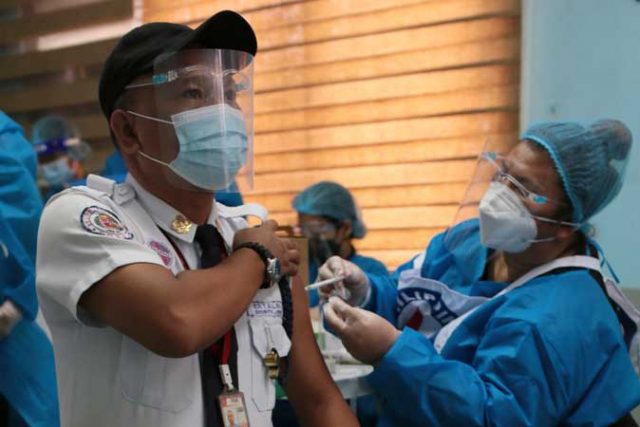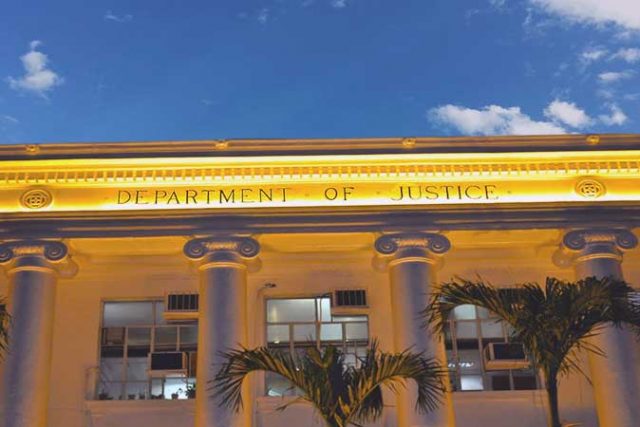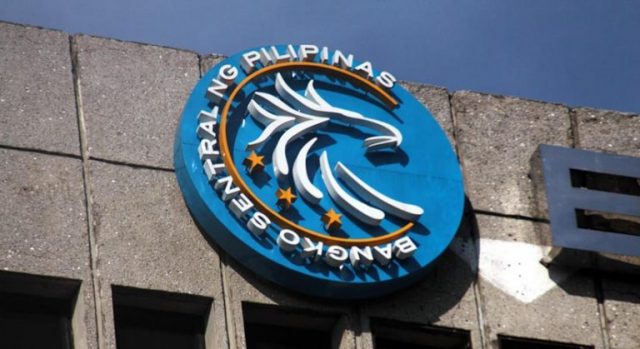COVID-19 cases hit 1.35M
The Department of Health (DoH) reported 6,833 coronavirus infections on Friday, bringing the total to 1.35 million.
The death toll rose by 110 to 23,385, while recoveries improved by 3,441 to 1.26 million, it said in a bulletin.
There were 61,776 active cases, 1.2% of which were critical, 92.2% were mild, 3.7% did not show symptoms, 1.7% were severe and 1.22% were moderate.
The agency said 14 duplicates had been removed from the tally, 10 of which were tagged as recoveries and one was tagged as a death.
A total of 30 recoveries were reclassified as active cases, while 60 cases previously tagged as recoveries were reclassified as deaths. Five laboratories failed to submit data on June 16, the agency said.
About 13.4 million Filipinos have been tested for the coronavirus as of June 16, according to DoH’s tracker website.
The coronavirus has sickened about 178.2 million and killed 3.9 million people worldwide, according to the Worldometers website, citing various sources including data from the World Health Organization.
About 162.7 million people have recovered, it said.
Meanwhile, Health Undersecretary Maria Rosario S. Vergeire urged Filipinos to get vaccinated against the coronavirus to prevent infections and hospitalizations.
This was after reports of infections among vaccinated health workers in Indonesia.
“Let’s get the vaccine,” she said. “Let us not be doubtful,” she told an online news briefing in mixed English and Filipino.
“The vaccines are one of the keys in fighting the pandemic,” she added.
Ms. Vergeire cited “breakthrough infections” that occur after getting complete doses.
Reuters reported on Thursday that more than 350 doctors and medical workers got infected with the coronavirus despite being vaccinated with CoronaVac, with dozens hospitalized.
Most of them did not have symptoms and were self-isolating at home, Reuters said, citing Badai Ismoyo, head of the health office in the district of Kudus in central Java.
Ms. Vergeire cautioned against interpreting incomplete data, noting that the number of health workers there was unknown.
She also said that they would recommend a shortened quarantine and no testing for returning Filipinos who have been fully vaccinated overseas.
The government on June 4 approved the rules cutting the quarantine requirements for fully vaccinated foreign travelers to seven days.
Presidential spokesman Herminio L. Roque, Jr. earlier said the relaxed rules apply to people who got vaccinated in the Philippines.
Returning Filipinos who got vaccinated overseas must still undergo a 10-day quarantine at a facility and four days at home.
A person is considered fully vaccinated two or more weeks after completing his dose, Mr. Roque said.












